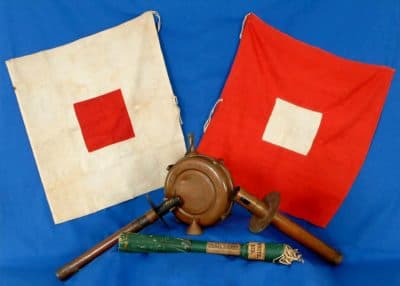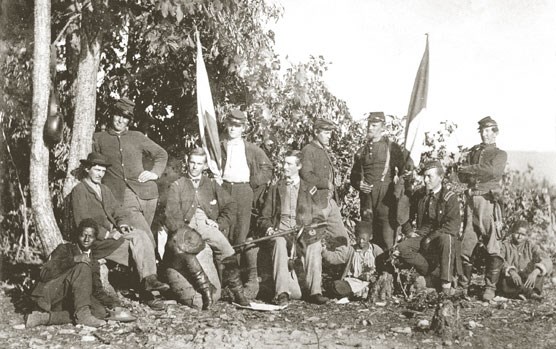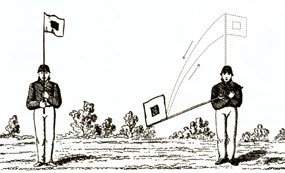Reference




OpenAI's Answer
The Signal Corps played a crucial role in communication during the Civil War by developing and implementing innovative methods for transmitting messages on the battlefield. Established in 1860, the Union Army's Signal Corps, led by Major Albert J. Myer, was responsible for creating a reliable communication network that could operate over long distances and in challenging conditions.
One of the key contributions of the Signal Corps was the use of visual signaling systems. This included the wigwag system, which used flags or torches to convey messages through a series of coded movements. The wigwag system allowed for real-time communication between distant units, which was essential for coordinating troop movements and relaying orders during battles.
In addition to visual signaling, the Signal Corps also utilized the telegraph. The introduction of the electric telegraph revolutionized military communication by enabling rapid transmission of messages over wires. The Signal Corps established telegraph lines that connected various military headquarters, supply depots, and field units, facilitating efficient communication across the Union Army.
The Signal Corps also engaged in reconnaissance and intelligence gathering. Signal officers would often position themselves in elevated locations, such as observation towers or hilltops, to monitor enemy movements and report back to command. This information was vital for strategic planning and decision-making.
Overall, the Signal Corps' innovations in communication technology and techniques significantly enhanced the Union Army's operational capabilities during the Civil War, contributing to their overall effectiveness on the battlefield.
Follow Up
Related
What were some of the key battles and military strategies in the Civil War?
Did the Civil War inspire modern musical artists like Lynyrd Skynyrd and Elvis Presley?
How did the Civil Code of 1966 differ from the Civil Code of 1867?
How does the law affect members of the Armed Forces, CSIS, or RCMP?
Which Civil War battles are considered the most significant and why?